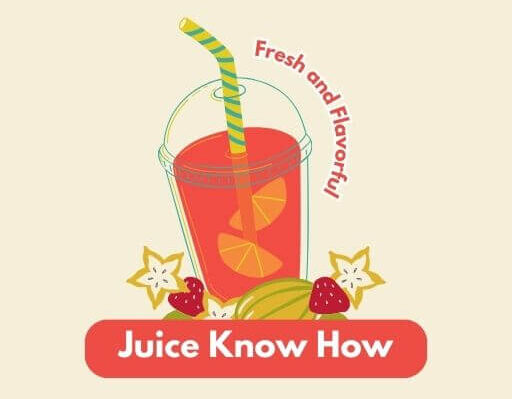In recent months, you’ve likely noticed a significant increase in the price of orange juice at your local grocery store. This rise is not just a fleeting trend; it reflects a complex interplay of environmental, economic, and agricultural factors. Let’s dive into the reasons behind this phenomenon and what it means for consumers.
The Three D’s: Drought, Disease, and Demand
The surge in orange juice prices can be attributed to what industry experts refer to as the “three D’s”: drought, disease, and demand.
– Drought: Climate change has led to severe weather conditions that have adversely affected orange production. In key growing regions like Florida and Brazil, droughts have reduced the yield of oranges significantly. Florida, once the backbone of U.S. orange juice production, has seen its output dwindle due to prolonged dry spells and extreme weather events.
– Disease: Another critical factor is the spread of citrus greening disease. This bacterial infection affects the quality and quantity of oranges produced. With no known cure, citrus greening has devastated orchards in both Florida and Brazil, leading to a sharp decline in viable fruit for juice production.
– Demand: Despite these challenges, consumer demand for orange juice remains relatively stable. As prices rise due to supply constraints, manufacturers are forced to adjust their pricing strategies to maintain profitability while trying to meet consumer needs.
Global Supply Chain Challenges
The global nature of the orange juice market adds another layer of complexity. Approximately 69% of frozen concentrated orange juice consumed in the U.S. is imported, primarily from Brazil. Recent reports indicate that the benchmark price for frozen concentrated orange juice has soared to record highs—nearly doubling over the past year. This spike is largely due to reduced harvests in Brazil caused by adverse weather conditions and ongoing disease issues.
As orange production declines globally, manufacturers are facing increased costs when sourcing oranges for juice production. This has led some companies to consider alternatives by blending other fruit juices with orange juice to maintain flavor profiles while managing costs.
Consumer Impact
For consumers, this means that enjoying a glass of fresh orange juice may soon become a luxury rather than a staple. The rising prices may lead some families to reconsider their breakfast choices or explore alternative beverages altogether. Retail experts warn that as prices continue to climb, consumers might find themselves paying significantly more for their favorite morning drink.
The Future of Orange Juice Prices
Looking ahead, experts predict that unless there are significant improvements in weather patterns and disease management strategies, high orange juice prices are likely here to stay. The combination of climate change effects and agricultural challenges means that growers will need time—and possibly new methods—to recover from these setbacks.
In response to these challenges, some manufacturers are already exploring innovative solutions, such as developing new blends that incorporate other fruits like apples or pears into their juices. This not only helps manage costs but also introduces consumers to exciting new flavors.
What Can You Do?
As a consumer facing rising orange juice prices, there are a few strategies you can employ:
– Explore Alternatives: Consider trying other fruit juices or blends that provide similar flavors without breaking the bank.
– Buy in Bulk: If you find a good deal on orange juice or its alternatives, consider purchasing in larger quantities to save money over time.
– Stay Informed: Keep an eye on market trends and forecasts regarding orange juice prices so you can make informed purchasing decisions.
Final Thoughts
The increase in orange juice prices is a multifaceted issue stemming from environmental challenges and market dynamics. While it may be tempting to lament the rising costs, understanding the factors at play can help consumers navigate these changes more effectively. As we adapt to these market shifts, being open to alternatives and staying informed will be key strategies for enjoying our favorite beverages without overspending.
